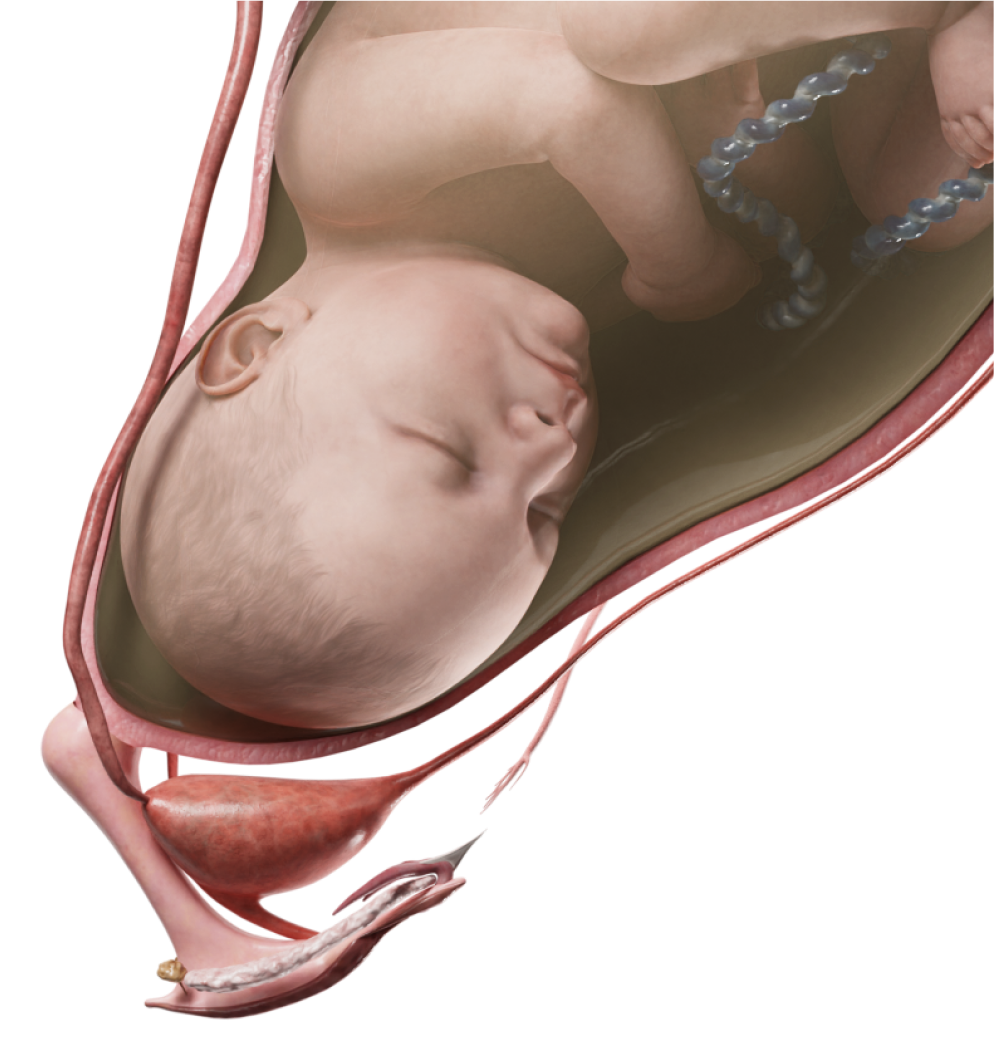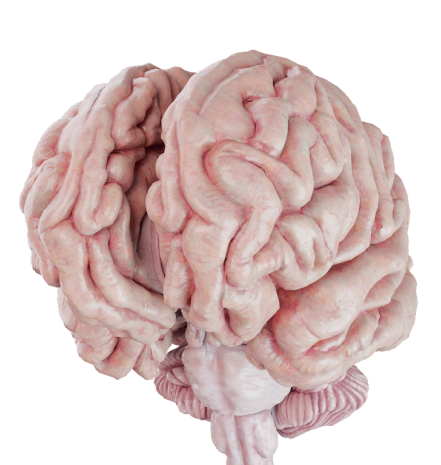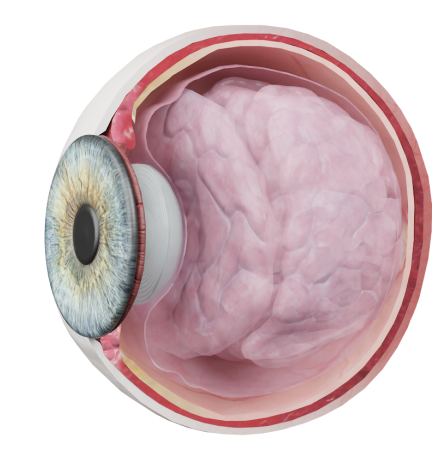Bartholinitis
Bartholin glands, also known as the greater vestibular glands, are a pair of glands located at the either side of the vaginal opening between the labia minora and the hymenal rim, typically at the 4 o'clock and 8 o'clock positions. These are mucus-secreting glands, which play a role in vaginal lubrication during sexual intercourse.
Etiology
Bartholin gland cyst is a benign condition caused by the obstruction of the gland’s duct leading to secretion buildup. These cysts are most commonly unilateral and asymptomatic. Duct obstruction can be caused by trauma, such as childbirth or episiotomy. However, in many cases it occurs in women of reproductive age without any known reason. It is worth mentioning that Bartholin glands are anatomically and physiologically vulnerable to polymicrobial infection from the perianal area, which pathogens can migrate to the vagina and infect the glands. In this case the Bartholin gland cyst may develop into an acute bartholinitis or an abscess. Meanwhile, acute bartholinitis and abscess can also develop in the absence of a cyst. In addition to perianal flora, Bartholin gland inflammation can also be caused by sexually transmitted infections.
Clinical Manifestations
A small and non-inflamed Bartholin gland cyst may be asymptomatic. During gynecological examination, doctors may palpate a soft, elastic mass with smooth contours that does not adhere to the surrounding tissues. In case of large cysts, acute bartholinitis or abscess, patients usually experience severe pain and vulva swelling. This makes such activities as walking, sitting, or having sexual intercourse (dyspareunia) difficult. The abscess on examination presents as a mass in the lower vestibular region surrounded by erythema and oedema, often with regional lymphadenitis. Enlargement of the abscess and its spread to the labia may lead to spontaneous drainage. Then patients experience sudden relief after the discharge of purulent contents.
In newborns, a Bartholin gland duct cyst is associated with hydronephrosis and a contralateral renal cyst, which can cause urinary retention. Usually, the involution of the gland begins around the age of 30. Any mass in the Bartholin gland area in women over 40 may have a malignant nature. The neoplasm adheres to surrounding tissues, is typically painless and is often accompanied by an enlarged sentinel lymph node.
Differential diagnosis
When diagnosing Bartholin gland cysts in patients of any age, it is necessary to consider a number of other potential conditions, including:
- Other cysts (including Gartner, Skene duct cysts and canal of Nuck cysts)
- Vaginal prolapse
- Vulvar angiomyofibroblastoma
- Endometriosis
- Choriocarcinoma
- Myeloid sarcoma
- Myxoid leiomyosarcoma
- Fibroma
- Angiomyxoma
- Hematoma
- Myoblastoma
- Ischiorectal abscess
- Folliculitis
- Fibroadenoma
- Lipoma
- Papillary hidradenoma
- Syringoma
- Adenocarcinoma
- Squamous cell carcinoma
Treatment
Asymptomatic Bartholin gland cysts do not require further treatment. In cases of cyst enlargement or infection, the management approach depends on cyst’s ability to spontaneously drain. In such circumstances, doctors may consider conservative treatment, including sitz baths and non-steroidal anti-inflammatory drugs for a number of days.
First-time Bartholin gland cysts or abscesses may be treated with incision and drainage using Word catheter – a method proved to be easy and effective. Allergy history should be obtained before the intervention as the Word catheter stem is composed of latex. The procedure is performed under local anesthesia. A small (approximately 3 mm) vertical incision should be made with a scalpel along the mucosal surface of the labia minora to avoid obvious scarring and to reduce the risk of Word catheter displacement. Purulent discharge evacuated may be sent to the laboratory for culture, and biopsy may also be performed at the same time. Word catheter is then inserted with the balloon tip sitting within the abscess cavity, and the balloon is inflated with 3 to 5mL of saline water. For comfort and to reduce the chance of displacement, the external portion of the Word catheter is pushed into the vagina. Word catheters should be left in place for 4-6 weeks for appropriate drainage and tract epithelization leading to the formation of a new tract.
In case of recurrent Bartholin cyst or abscess, drainage with Word catheter may be repeated with the addition of antibiotics. Antibiotics should cover staphylococcal, specifically methicillin-resistant Staphylococcus aureus, and streptococcal species as well as enteric gram-negative aerobes, including Escherichia coli. Doctors should also consider antibiotic therapy for patients with systemic symptoms (including fever), suspected sepsis, and those considered at high risk for recurrence.
In addition to the Word catheter, ring catheters may also be used. The advantage of the ring catheter is that it reduces the risk of spontaneous fallout and creates two drainage channels. The disadvantage of this method is the absence of prefabricated catheters, that requires individual customization.
If catheter placement is not feasible, marsupialization may be performed. This procedure is done in the operating room by creating a 2-centimeter incision and suturing the cyst wall to the incision edges with interrupted sutures. To prevent premature closure of the opening, a drain tube is placed for the first two days.
Traditional surgical treatment of Bartholin gland cysts has a number of disadvantages and risks, including bleeding, postoperative dyspareunia, infections, and the need for general anesthesia. Laser surgery might be a less invasive and more efficient alternative, as it solves many problems of traditional surgery.
Nonsurgical treatment includes silver nitrate and alcohol sclerotherapy. However, this method carries a high risk of recurrence.
Another simple treatment is needle aspiration, but it has a higher recurrence rate compared to the previously discussed methods, and generally is not recommended.
It is worth mentioning that Bartholin gland excision is a last resort when other modalities have failed, and remains the only radical treatment.
For pregnant women with Bartholin gland cyst or abscess the treatment is the same as for nonpregnant ones, except for gland excision due to the increased risk of bleeding.










